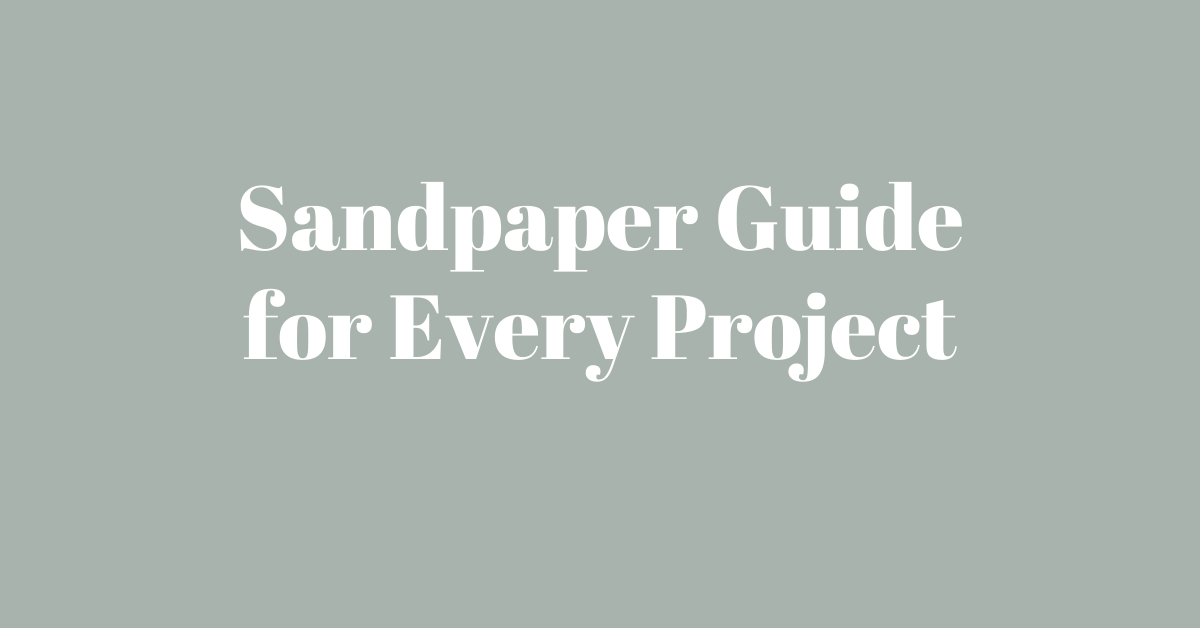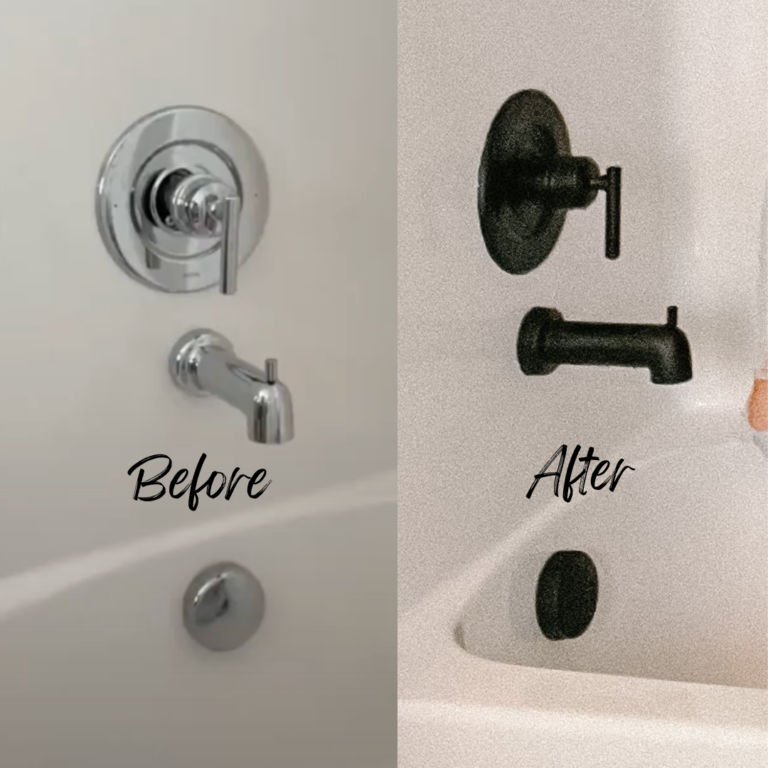A Sandpaper Guide for Every DIY Project
We are going to keep this straightforward and simple. There are plenty of blog posts out there that go into a lot of detail about sandpaper. These posts answer all the questions you never asked, like what it’s made out of, how it’s made, how it was invented in the 13th century by the Chinese, and so much more… But that is not why you are here. So, let’s get down to business: here’s the sandpaper guide for every occasion!
Note: This post contains affiliate links. I may earn a commission at no extra cost to you. Thanks for supporting my content! 🙂
The Main Thing:
The smaller the number, the bigger the grit size. The bigger the grit, the more it will scuff your surface.
Sandpaper Guide 101 – The Most Standard Grits:
- 40: Coarse
- 80: Medium
- 100: Medium
- 120: Fine
- 220: Fine
- 440: Extra Fine
There are other types of sandpaper, but we are going to stick to these few, as they are the most common.
What is the best sandpaper to use for my project?
Coarse: Choose coarse-grit sandpaper for heavy sanding or to strip paint or stains off wood. Or when cleaning up raw wood like I did on this project.
Medium: Use medium-grit sandpaper to remove coarse sandpaper marks, or to shape, finish, or use between coats of paint.
Fine: Pick fine-grit sandpaper to create a smooth or polished finish. It is used to remove minor scratches or scuffs and does not usually leave your surface scratched. You can use it after your last coat of paint before you apply a clear coat, or to remove wood filler when doing projects, like I did in my picture frame moulding.
Extra Fine: Choose extra-fine grit sandpaper to achieve the smoothest finish.
Go Through the Grits
I encourage you to “go through the grits,” meaning start with a 40 grit to remove the existing paint, then move to an 80 or 100 grit to clean it up, and then use a 120 or 200 grit between coats of paint, and end with 220 or 440 grit before applying your clear coat.

The type of sander you are using will depend on what type of sandpaper you get. This is good sandpaper for an orbital sander. If you want to hand-sand, these sanding blocks are great!
Check out this video of a quick visual/verbal description.
Sandpaper Guide Key Takeaways
If you are a beginner DIYer, this information is probably plenty to get you started. Just remember a few key takeaways…
- The smaller the number, the more abrasive.
- Depending on your project, plan to “go through the grits”.
- Sandpaper was created in 13th century China. This is kind of an interesting fact and good to know for useless knowledge trivia.
Follow along on Instagram for more DIY tips and tricks!







One Comment